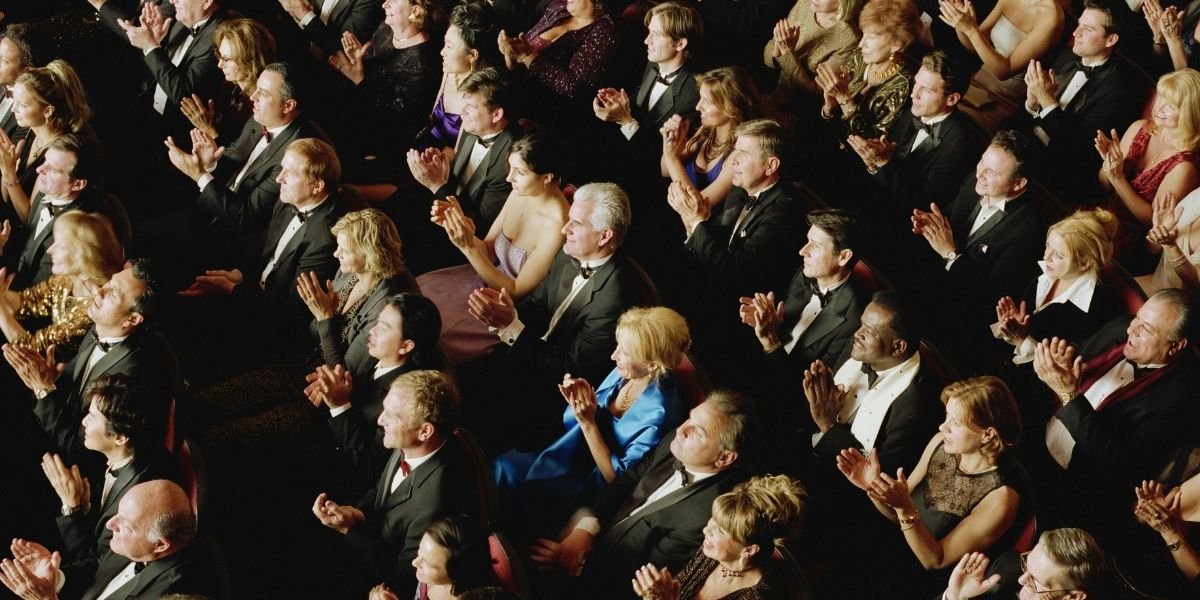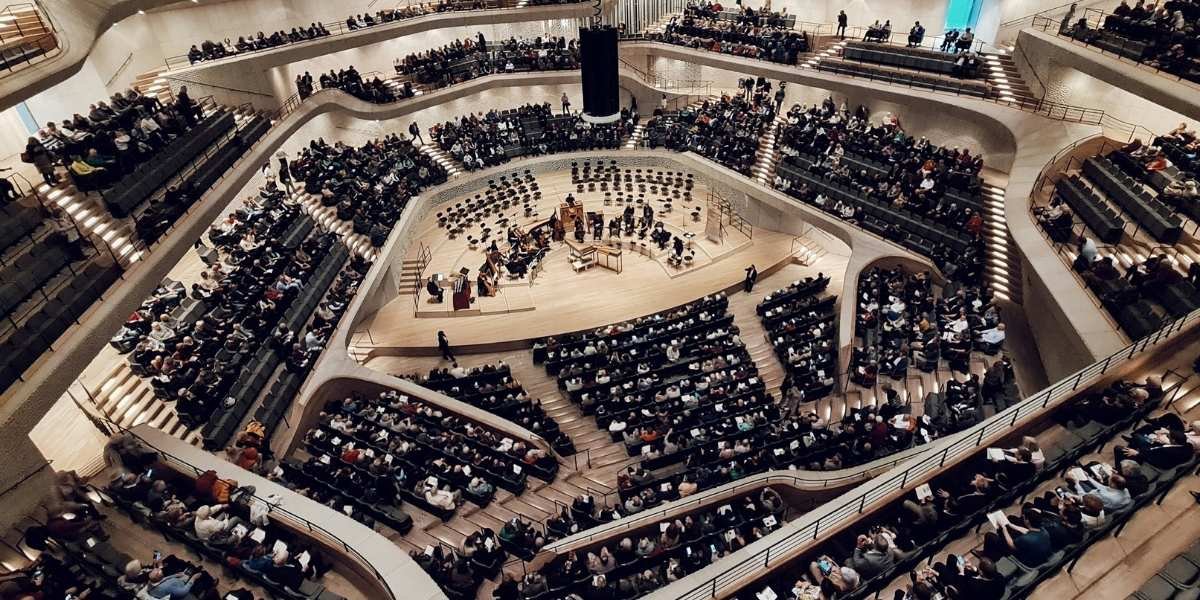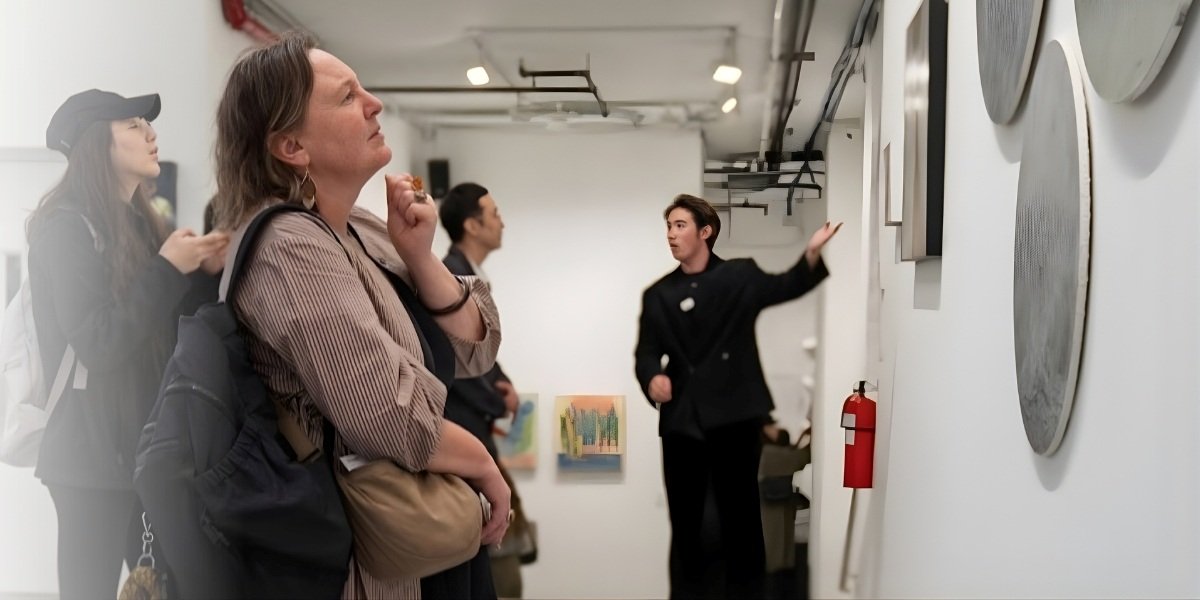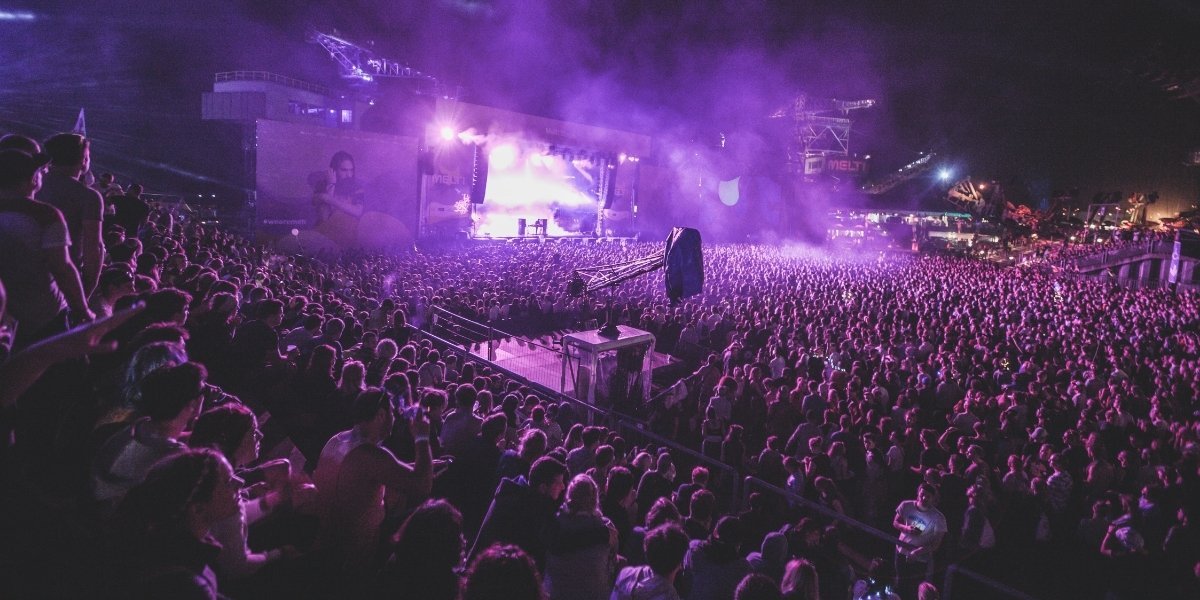The lines between cinema, visual art, and popular culture have never been more fluid. In today’s cultural landscape, filmmakers and visual artists are blurring the boundaries, creating work that moves effortlessly between the museum walls and multiplexes. This evolution is driven by a blend of technological advancements, changing audience tastes, and a broader rethinking of what art and entertainment can be. As artists redefine their creative spaces, the fusion of cinema and visual art opens up exciting new possibilities, both for creators and the cultural sector at large.
The Rise of Art Cinema and Its Place in Popular Culture
Art cinema has long been a space for experimentation, offering filmmakers the chance to explore deeper emotional truths, political ideologies, and abstract visual storytelling. But in recent years, there has been a noticeable shift in how art cinema is perceived. Films that were once confined to niche audiences and arthouse theaters are now being embraced by mainstream viewers, thanks in part to streaming platforms and increased exposure in film festivals.
This evolution is reflected in the growing crossover between art cinema and mainstream popular culture. High-profile directors like Wes Anderson, Alfonso Cuarón, and Bong Joon-ho have seamlessly merged intricate cinematic storytelling with universal themes, capturing the attention of both critics and mass audiences. With films like The Grand Budapest Hotel, Roma, and Parasite, these filmmakers have proven that the language of art cinema can resonate with audiences far beyond the traditional arthouse crowd.
For visual artists, the trend is evident in their increasing involvement with cinema. Many contemporary artists are now working in film, using the medium to explore concepts that are deeply rooted in their visual practices. Figures like Steve McQueen, who started as a visual artist before becoming a filmmaker, have demonstrated how art and cinema can overlap to create a richer, more immersive storytelling experience.
Museums as Cultural Hubs for Film and Visual Art
In parallel to cinema’s evolution, museums have begun to embrace film as a serious artistic medium. Institutions like the Museum of Modern Art (MoMA) in New York and the Tate Modern in London have long incorporated cinema into their exhibitions, but recent shifts suggest an even stronger embrace of the moving image. For example, the Tate’s 2025 exhibit on the intersection of film and contemporary art promises to bring together the work of established filmmakers and visual artists who are challenging the boundaries of traditional art forms.
This convergence of cinema and visual art at museums is indicative of a broader cultural shift in which the division between high art and popular culture becomes increasingly irrelevant. Many artists are now pushing beyond traditional canvas work and static installations, using film as a vehicle to express dynamic narratives and explore pressing cultural issues.
Film exhibitions in museums offer visitors a chance to engage with cinema not as passive viewers, but as participants in an ongoing dialogue between mediums. These experiences allow for a deeper exploration of the visual language of film, elevating it from mere entertainment to an immersive form of art that can provoke thought, reflection, and discussion.
Investor Insight: The merging of art cinema and museum exhibitions opens up new revenue streams for both sectors. Museums can attract larger audiences with film-centric events, while cinemas can diversify by offering more “art-house” experiences. For investors, this creates a growing intersection of cultural capital and entertainment investment, offering fresh opportunities in the art-tech ecosystem.
Popular Culture’s Influence on Cinema and Art
As the influence of popular culture continues to shape mainstream cinema, art practitioners are increasingly integrating elements of pop culture into their work. From comic book adaptations to social media-driven films, the boundaries between high and low culture are disappearing. This is most apparent in the rise of “hyper-real” aesthetics, where pop culture references are used in conjunction with serious artistic themes.
Filmmakers like Quentin Tarantino and Jordan Peele have incorporated references to popular culture in ways that elevate the genre, using them to comment on societal issues or add layers of meaning. Similarly, visual artists like Takashi Murakami and Jeff Koons have capitalized on pop culture’s mass appeal, creating art that references everything from animated characters to consumer branding.
This fusion of art, cinema, and pop culture has also led to the rise of cinematic art—a style of art that blends the visual language of film with that of traditional fine art. Works like those by artists such as James Turrell, who uses light and space to create immersive environments, echo the qualities of cinema but translate them into the visual art world. These kinds of projects invite audiences to experience stories and visual landscapes in ways that challenge their perception of both mediums.
The Digital Age: A New Frontier for Art, Cinema, and Culture

Photo Credit: Unsplash.com
The digital age has further blurred the boundaries between cinema, art, and popular culture. Streaming services like Netflix, Amazon Prime, and Disney+ are not only offering films and television shows but are becoming key players in the production of innovative art-driven content. These platforms have opened up new possibilities for filmmakers and visual artists to reach broader, more diverse audiences. They also provide creators with the freedom to experiment with formats, genres, and artistic expression in ways that traditional studios and galleries cannot.
Social media platforms like Instagram and TikTok have also played a pivotal role in democratizing art and cinema. They have given artists, filmmakers, and performers an unprecedented way to share their work and ideas with global audiences. The viral nature of these platforms allows for creative ideas to quickly gain momentum and cultural relevance, turning what might once have been considered niche art into a global movement.
For artists and creators, this digital shift presents both challenges and opportunities. While it can be difficult to stand out in an oversaturated market, the ability to directly engage with audiences offers a powerful way to build a fanbase and cultivate a personal brand. This new landscape also encourages collaboration between artists across disciplines, with many filmmakers now working alongside visual artists, musicians, and designers to create multi-dimensional works of art.
Artist Spotlight: One such artist leading the charge in this digital era is Meifang Zhou, whose visual storytelling seamlessly blends contemporary art and digital media. Zhou’s work, highlighted in Redefining Visual Storytelling, demonstrates how artists are taking advantage of new technologies to create narratives that resonate with modern audiences.
Breaking Down the Boundaries: What’s Next for Cinema, Art, and Popular Culture?
Looking ahead, the boundaries between cinema, art, and popular culture will continue to evolve. As technology advances, so will the ways in which artists and filmmakers tell their stories. The integration of virtual reality (VR), augmented reality (AR), and artificial intelligence (AI) into both art installations and films offers tantalizing possibilities for immersive storytelling that can redefine the audience experience.
For example, VR filmmakers are already crafting experiences that place viewers inside the action, while AR is being used to create interactive installations that blend the physical and digital worlds. As these technologies become more accessible, the gap between the museum, the movie theater, and the digital space will continue to shrink, allowing for a deeper level of engagement between the audience and the art.
Investor Insight: For investors, the intersection of art, cinema, and popular culture presents exciting opportunities in the tech-driven arts market. Companies investing in VR, AR, and AI technologies that support the next wave of storytelling and immersive experiences are poised for growth, particularly in entertainment and cultural institutions.















